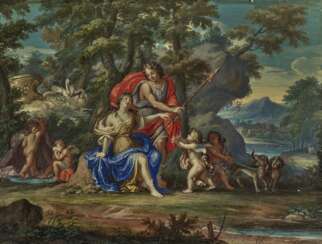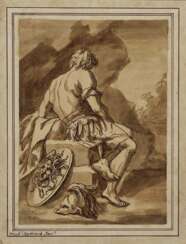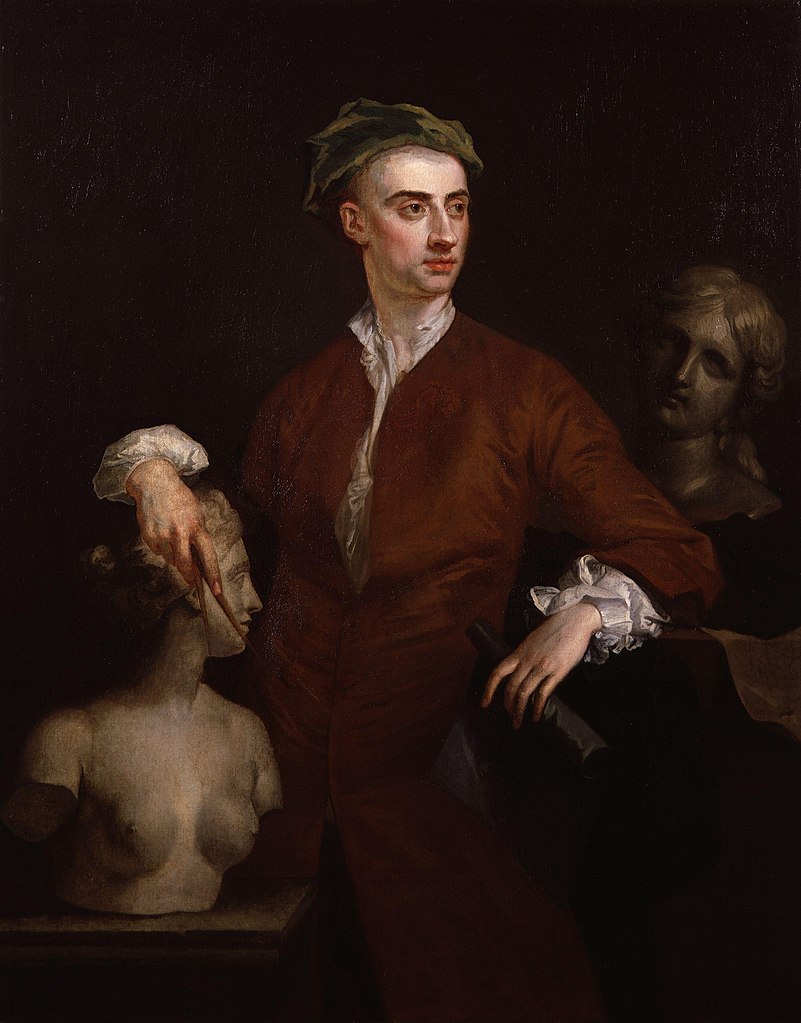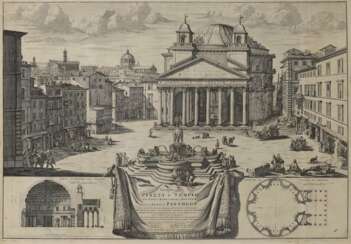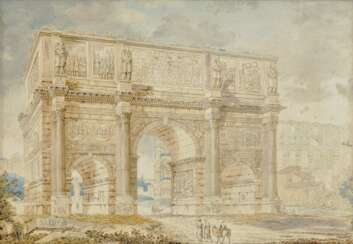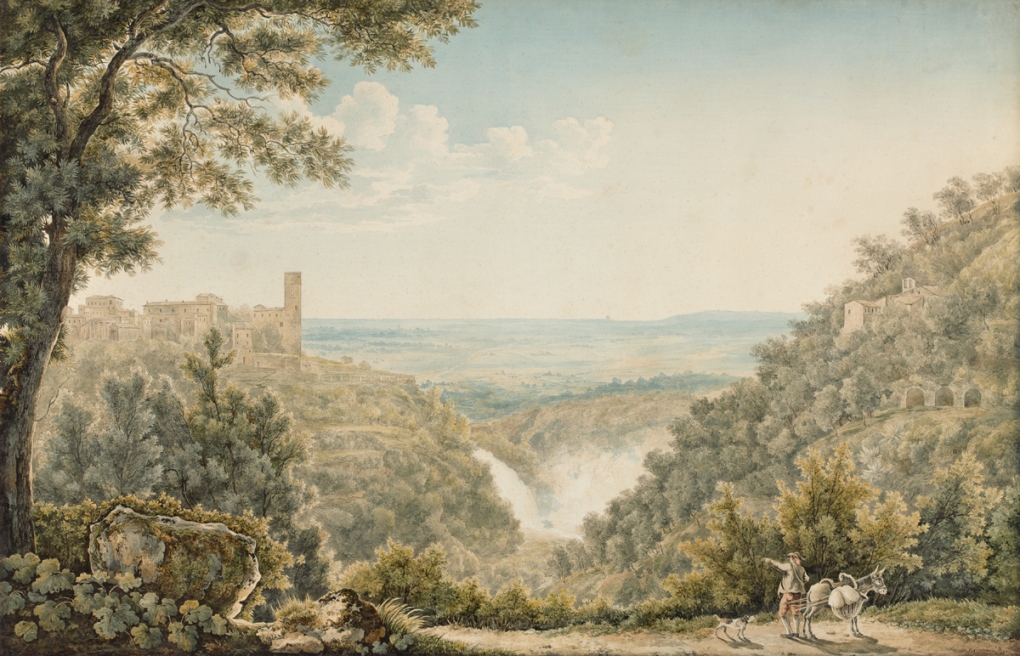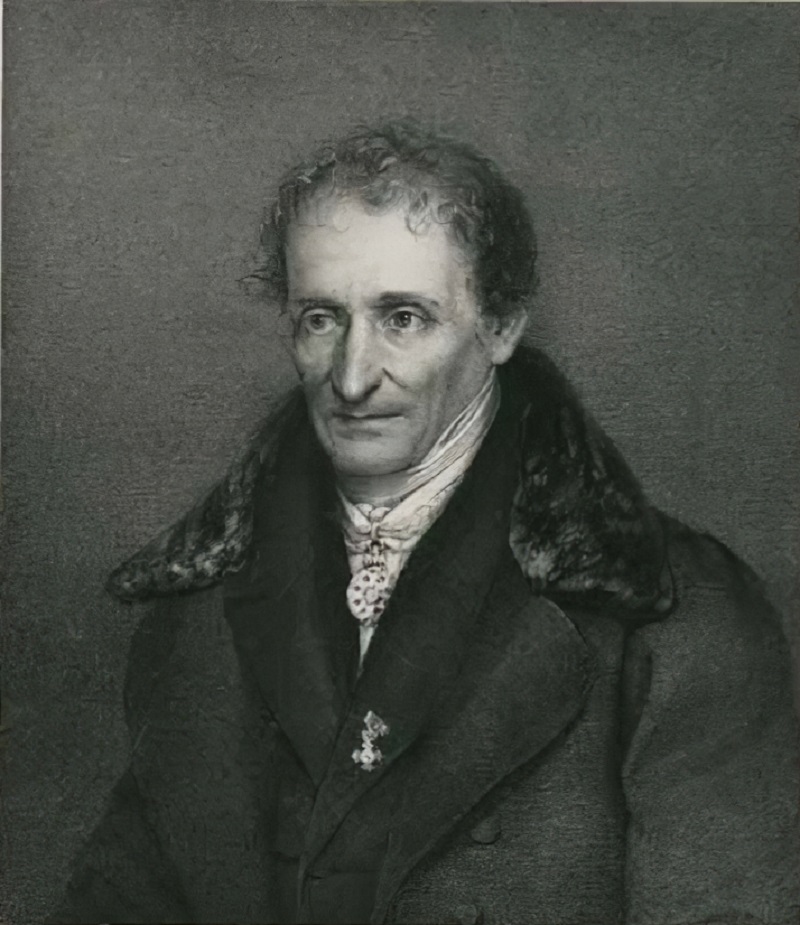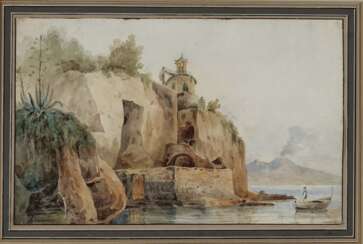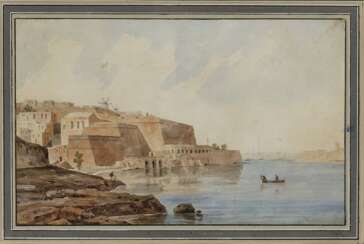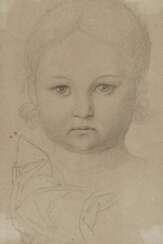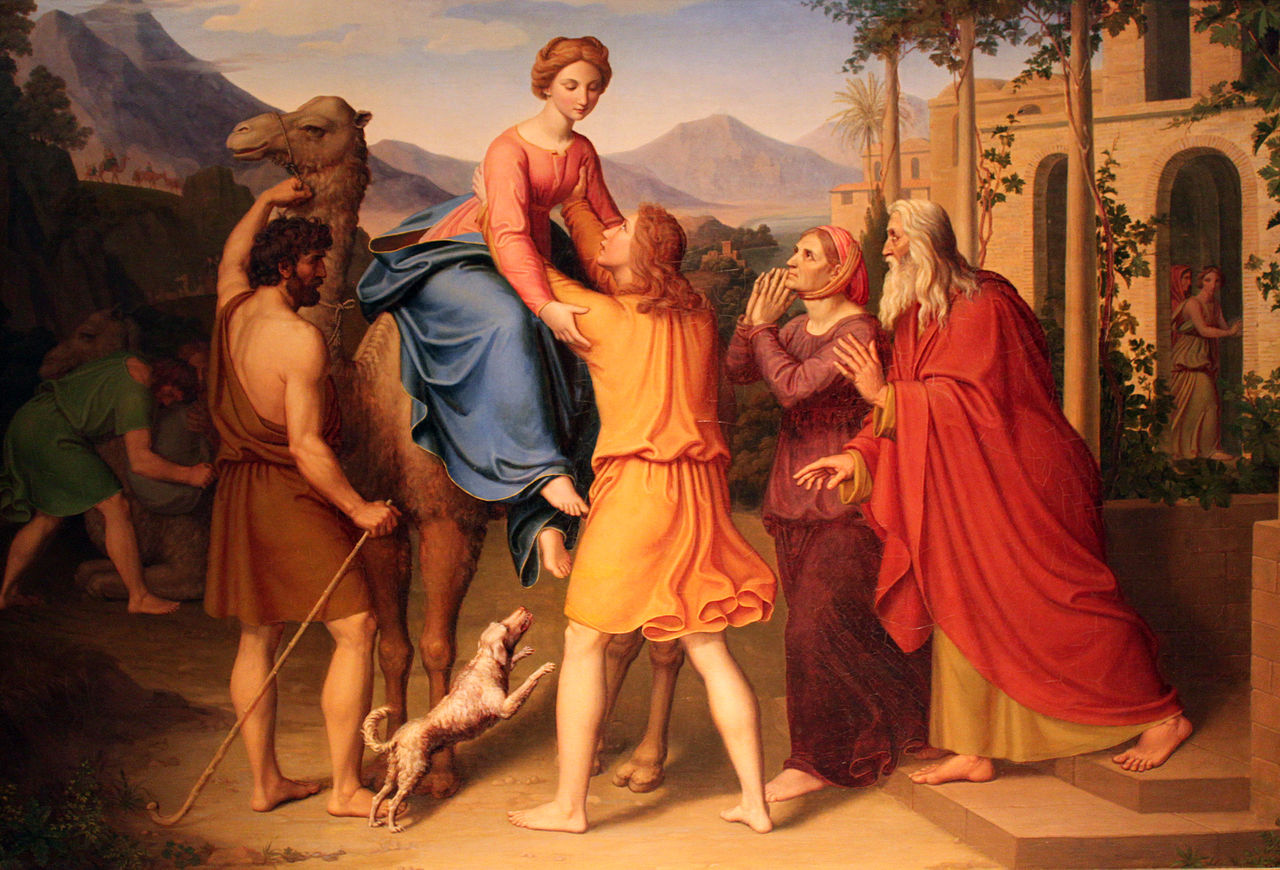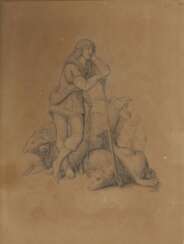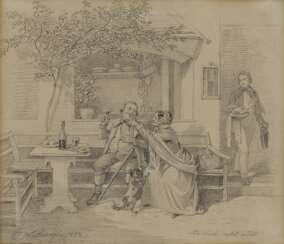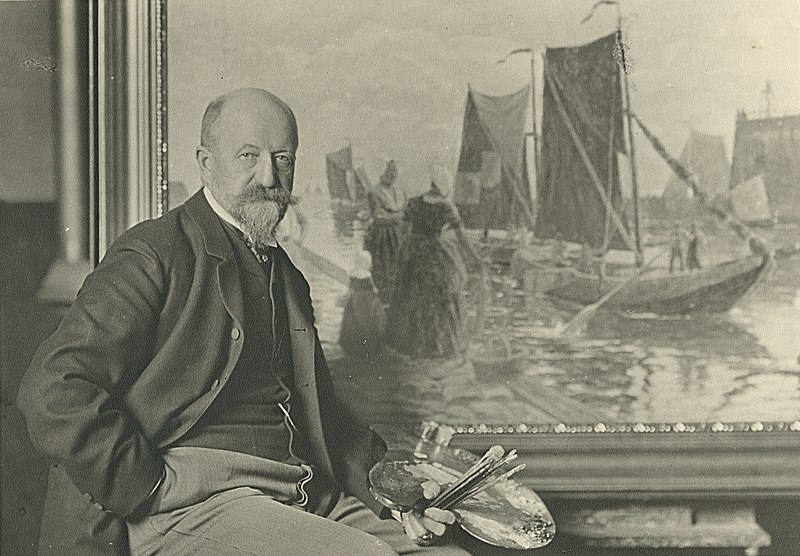
Graphics and paintings

Albrecht Dürer, born on May 21, 1471 in Nuremberg, Germany, is widely regarded as the greatest German Renaissance painter. His contribution to painting and engraving is quite significant and has left a notable mark on the art world. Dürer's early life was spent in Nuremberg, a city that played a crucial role in his development as an artist and was also the site of his death on April 6, 1528. He was the son of the goldsmith Albrecht Dürer the Elder, from whom he initially learned the basics of drawing and metalworking.
Dürer's work is characterized by a combination of Gothic elements with the emerging Renaissance style, which is evident in his woodcuts and engravings. His oeuvre encompasses many themes, including religious works, altarpieces, portraits, and self-portraits. His outstanding prints, such as The Knight, Death and the Devil (1513), St. Jerome in his Study (1514) and Melencolia I (1514), are known for their intricate detail and artistic skill. Dürer was also one of the earliest European landscape painters, as evidenced by his watercolor paintings.
Equally significant are his theoretical writings on mathematics, perspective, and ideal proportions in art. Dürer was not only an artist but also a keen intellectual, his interests encompassing various aspects of culture and science. He served as court painter to Holy Roman Emperors Maximilian I and Charles V, completing several significant art projects for them. Dürer's keen mind and versatile interests brought him into contact with the most prominent figures of his time, including theologians and scientists of the Reformation era.
Dürer's self-portraits are particularly famous, demonstrating not only his artistic skill but also his self-awareness and personal style. These portraits attest to his growing success and confidence as an artist. Dürer's legacy is immense; he influenced not only the art of his time, but also left an indelible mark on the history of European art.
For those interested in the work and legacy of Albrecht Dürer, we recommend subscribing to our updates. Our subscription service is designed to provide information about new sales and auction events related to this remarkable artist. Join us to keep up to date on the latest art and antiques related to Albrecht Dürer.
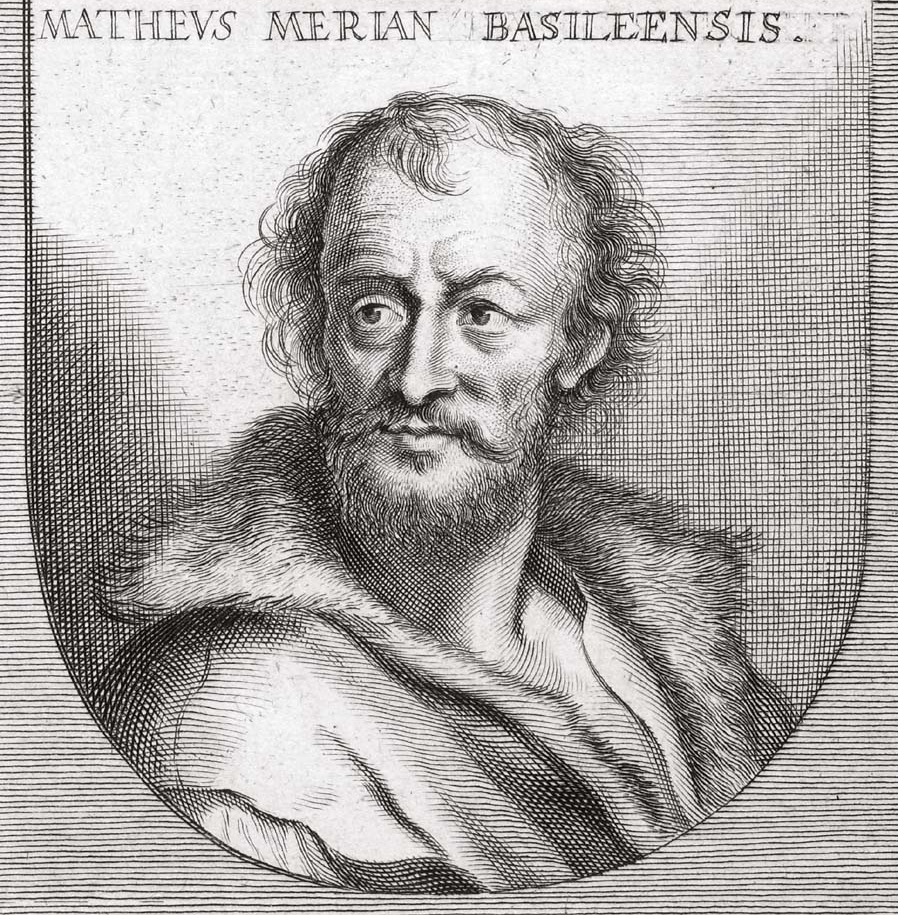
Matthäus Merian the Elder was a Swiss engraver and draftsman, renowned for his detailed and intricate works during the Baroque era. Born in Basel in 1593, he made significant contributions to art, particularly through his engravings and illustrations. Merian's artistic journey led him to Frankfurt am Main, where he produced a plethora of engravings depicting various subjects, including battles, hunts, and topographic views of European towns.
One of his notable contributions is his work on "Theatrum Europaeum," a series that chronicled contemporary history. Merian's legacy continued through his family, with his children, particularly Matthäus Merian Jr. and Caspar, taking over his publishing house after his death in 1650. They preserved and extended their father's artistic heritage, continuing to publish significant works like the "Topographia Germaniae."
Matthäus Merian the Elder's artistry was not confined to historical and topographical subjects; he also excelled in creating alchemical illustrations, demonstrating his versatility and depth as an artist. His works, such as those found in the "Musaeum Hermeticum" and "Atalanta Fugiens," display the finesse and detail that characterize his style. Today, Merian's works are preserved in various museums and collections, offering a window into the artistic and cultural milieu of the 17th century.
For collectors and experts in art and antiques, Merian's works represent a significant chapter in the history of engraving and illustration, reflecting the rich cultural and historical narratives of his time. If you are keen on exploring more about Matthäus Merian the Elder's contributions to art and history, consider signing up for updates on sales and auction events related to his works.

Giovanni Battista Piranesi was an 18th-century Italian painter, engraver, architect, and archaeologist who represented Neoclassicism and Romanticism. He was famous for creating a lot of original etchings with images of antique architecture monuments.
Giovanni Piranesi created hundreds of drawings and drafts in which he depicted the reconstructed ruins of ancient Roman buildings. His works are still used as teaching aids in the education of architectural students in many prestigious European universities. Piranesi periodically printed voluminous books with dozens of his own engravings depicting modified ancient architectural masterpieces - "graphic fantasies". His works were in demand among professional architects, who borrowed Piranesi's original ideas for their designs.
The peak of Piranesi's career came in the 1760s when, in recognition of his merits, he became an honorary member of the Guild of St. Luke and received from the Pope the title of Knight of the Golden Spur.
More than 700 of the master's original etchings have survived, printed in scholarly works.

Giovanni Battista Piranesi was an 18th-century Italian painter, engraver, architect, and archaeologist who represented Neoclassicism and Romanticism. He was famous for creating a lot of original etchings with images of antique architecture monuments.
Giovanni Piranesi created hundreds of drawings and drafts in which he depicted the reconstructed ruins of ancient Roman buildings. His works are still used as teaching aids in the education of architectural students in many prestigious European universities. Piranesi periodically printed voluminous books with dozens of his own engravings depicting modified ancient architectural masterpieces - "graphic fantasies". His works were in demand among professional architects, who borrowed Piranesi's original ideas for their designs.
The peak of Piranesi's career came in the 1760s when, in recognition of his merits, he became an honorary member of the Guild of St. Luke and received from the Pope the title of Knight of the Golden Spur.
More than 700 of the master's original etchings have survived, printed in scholarly works.

Giovanni Battista Piranesi was an 18th-century Italian painter, engraver, architect, and archaeologist who represented Neoclassicism and Romanticism. He was famous for creating a lot of original etchings with images of antique architecture monuments.
Giovanni Piranesi created hundreds of drawings and drafts in which he depicted the reconstructed ruins of ancient Roman buildings. His works are still used as teaching aids in the education of architectural students in many prestigious European universities. Piranesi periodically printed voluminous books with dozens of his own engravings depicting modified ancient architectural masterpieces - "graphic fantasies". His works were in demand among professional architects, who borrowed Piranesi's original ideas for their designs.
The peak of Piranesi's career came in the 1760s when, in recognition of his merits, he became an honorary member of the Guild of St. Luke and received from the Pope the title of Knight of the Golden Spur.
More than 700 of the master's original etchings have survived, printed in scholarly works.
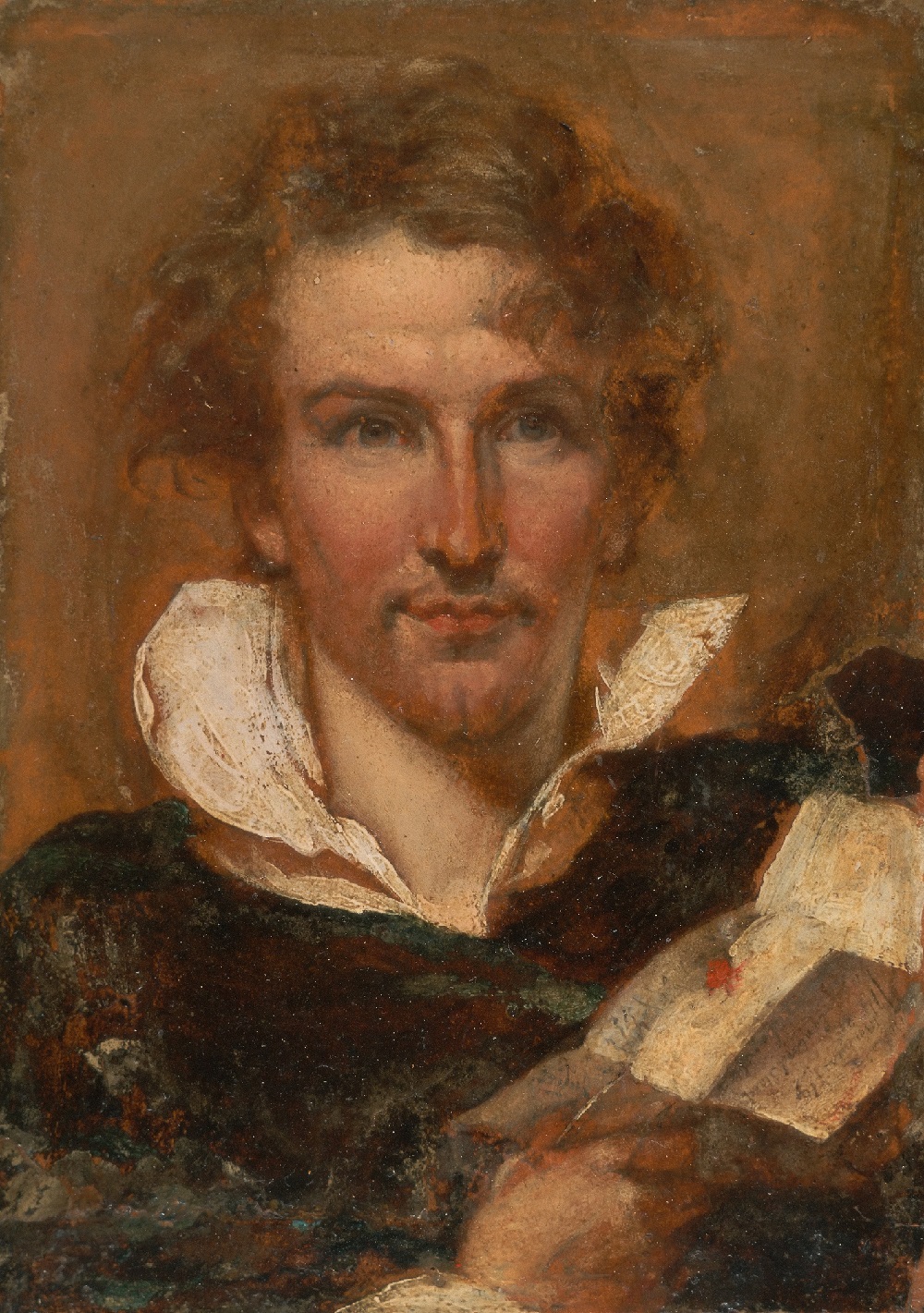
William Etty was an esteemed English painter renowned for his history paintings, especially those containing nude figures. He was recognized as the first significant British artist to focus on nudes and still lifes. Despite facing criticism for the perceived indecency of his work, William Etty achieved both commercial success and critical acclaim, particularly after his painting "Cleopatra's Arrival in Cilicia" in 1821, which showcased his skill in painting realistic flesh tones.
William Etty's journey in art began after he completed an apprenticeship in printing, moving to London to join the Royal Academy Schools in 1807. There, he was influenced by the works of Venetian artists and the teachings on history painting, emphasizing the works of Titian and Rubens. By 1825, his reputation was solidified with his election as a Royal Academician, a testament to his success and impact on the art world.
His works, often focused on mythological or historical subjects, are celebrated for their sensuous portrayal of the nude form. Despite facing backlash for his subject matter, William Etty remained a popular figure throughout his life. His legacy lives on in collections like the York Art Gallery, which holds a significant number of his pieces, reflecting his dedication to painting, particularly the human figure in its most natural form.
For art collectors and experts, William Etty's oeuvre offers a unique exploration of the nude form, blending historical and mythological narratives with lifelike realism. If you're interested in learning more about Etty's work and staying updated on exhibitions or sales featuring his paintings, consider subscribing for updates dedicated to his artistry. This subscription will keep you informed about new discoveries, auction events, and exhibitions related to William Etty's enduring legacy.
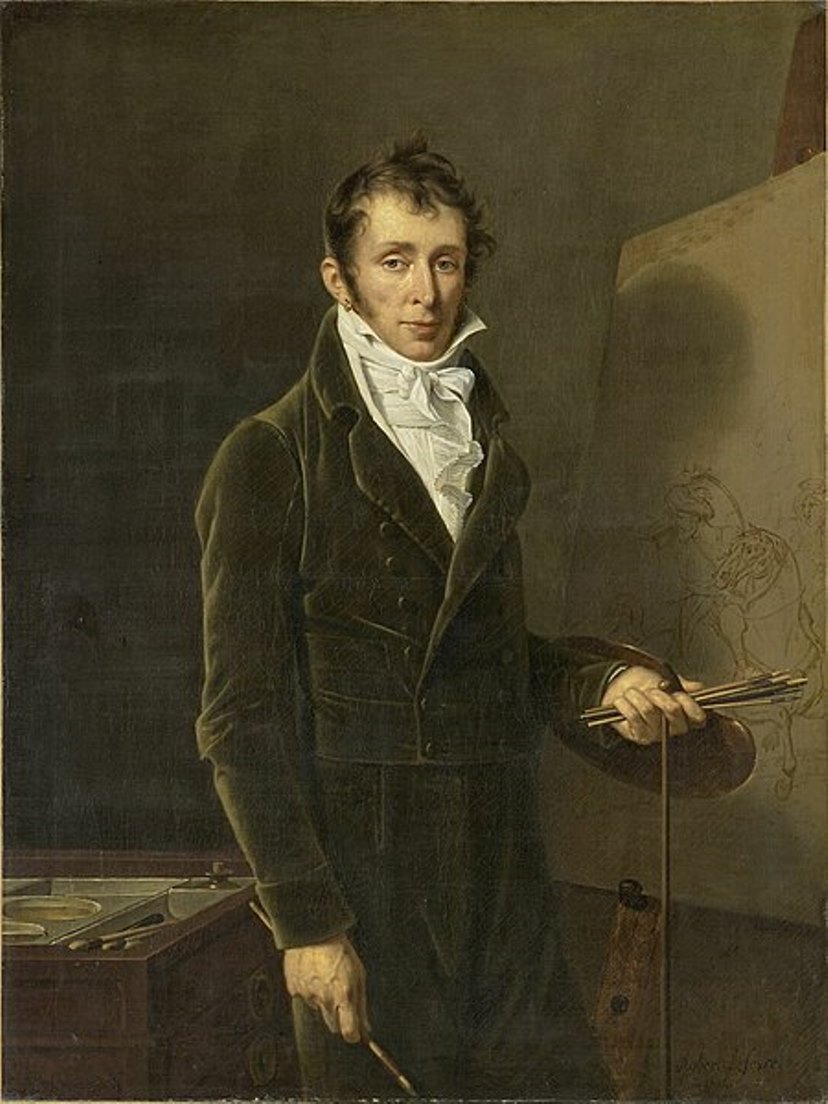
Carle Vernet, born Antoine Charles Horace Vernet, was a French painter, draughtsman and lithographer.
He was the son of the famous landscape painter Claude Joseph Vernet (1714-1789) and studied painting with his father and then in Italy. Under Napoleon I, Vernet painted battle scenes and later became court painter to Louis XVIII. Vernet successfully depicted hunting and domestic scenes of Parisian life. However, the main focus of his work was horses, races and equestrian battles.
Charles Vernet was the father of the famous battle painter Oras Vernet (1789 - 1863).
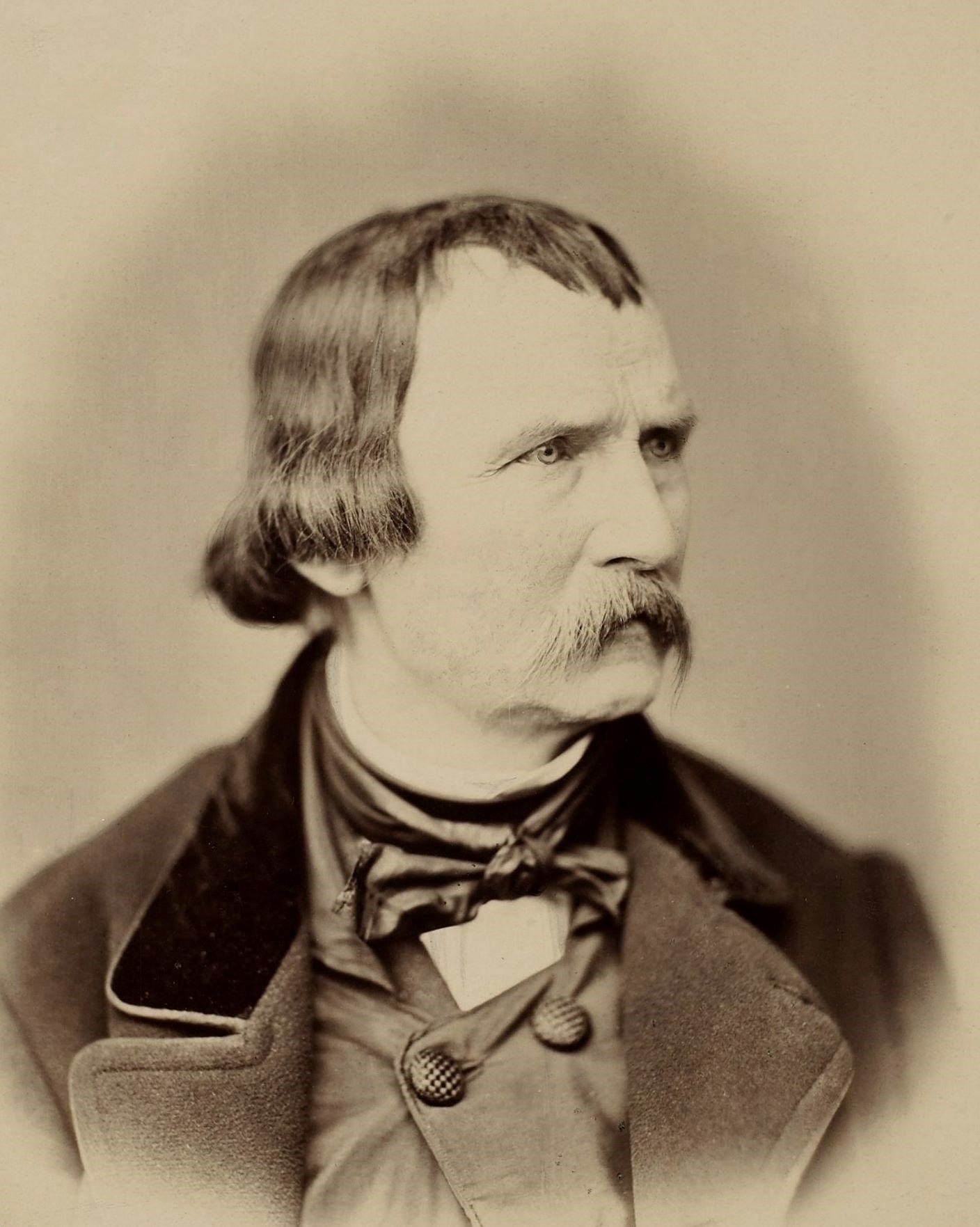
Wilhelm von Kaulbach was a German painter, noted mainly as a muralist, but also as a book illustrator. His murals decorate buildings in Munich. He is associated with the Düsseldorf school of painting.

Lorenzo Quaglio was an Italian-born German painter of the first half of the 19th century. He is known as a painter, landscape painter, genre painter and lithographer of the German Biedermeier period, a member of the Quaglio dynasty of artists, brother of the famous architect-artist Domenico Quaglio.
Lorenzo Quaglio worked early in his career as a decorator for the court of the Bavarian Electorate and the national theater in Munich. He traveled frequently in the Bavarian and Tyrolean Alps, which inspired him to create. His works predominantly depicted scenes from the peasantry of Upper Bavaria. He also executed on stone copies of paintings from the Dresden Gallery. In 1812, he created his first lithograph with nature scenes, and from 1820 he studied Bavarian folk costume. Later he worked on the decoration of the Swan Knight Hall in Hohenschwangau Castle.
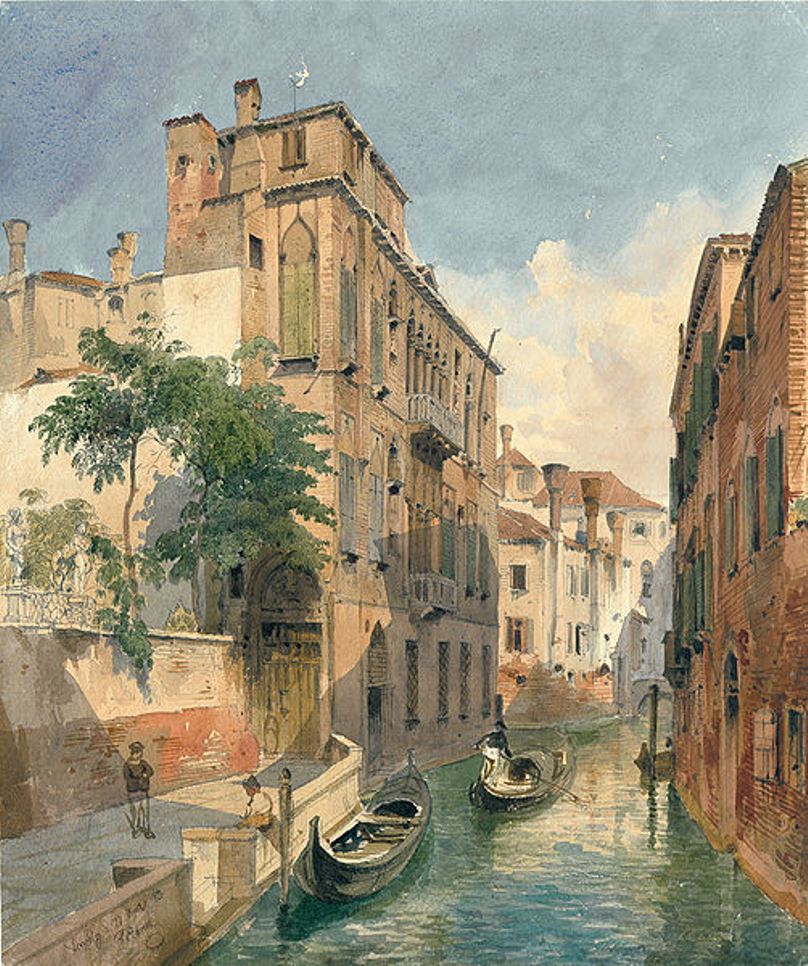
Friedrich Eibner was a German painter of architectural subjects. He traveled through Bavaria, Germany, France, Upper Italy, and Spain, making many watercolor drawings of places he visited. His best work is considered "An Album for Prince Meshchersky."
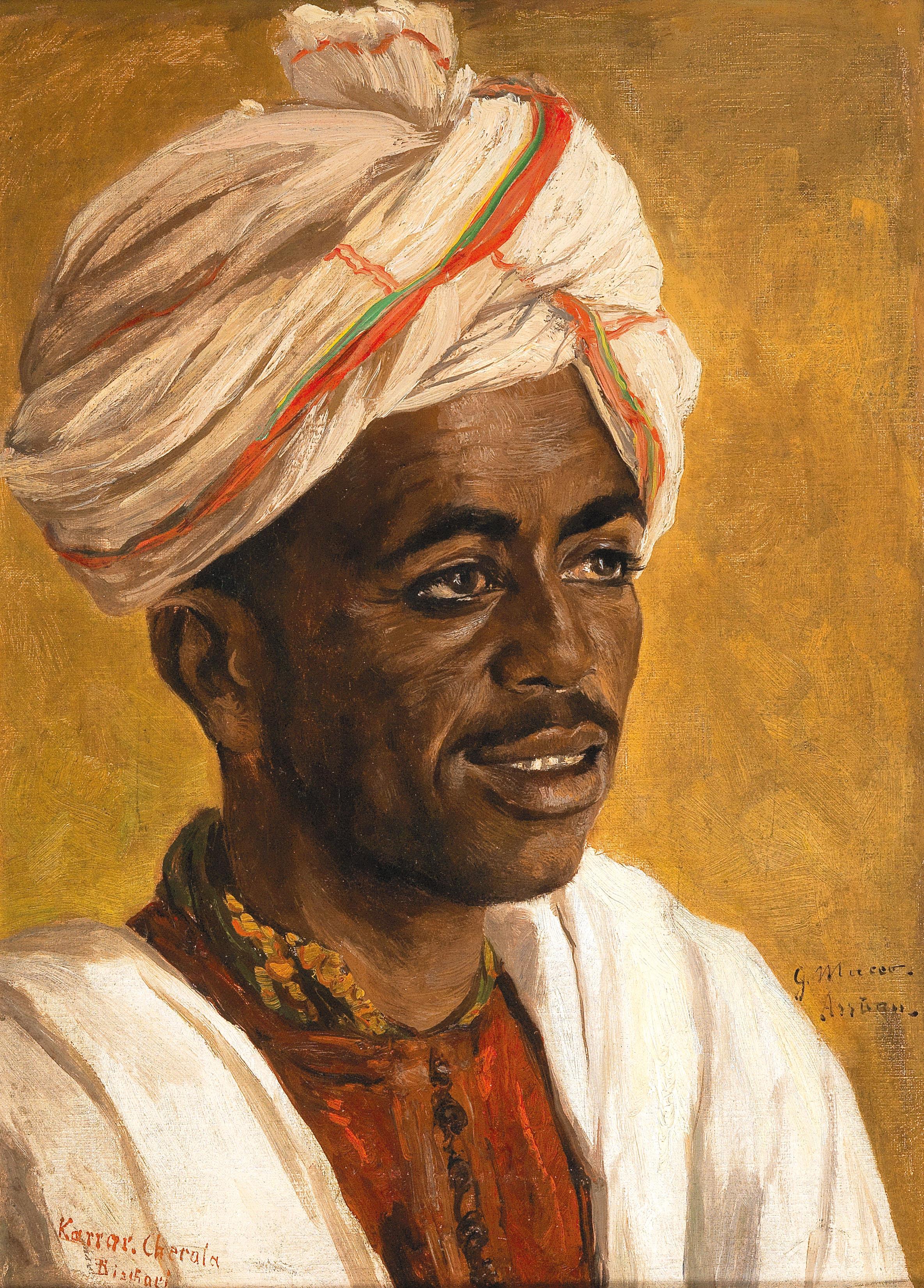
Georg Macco was a German painter of the late 19th and the first third of the 20th centuries. He is known as a landscape painter and illustrator, a representative of the Düsseldorf school of expressionism.
Georg Macco was educated at the Düsseldorf Academy of Arts, then continued his studies in Munich. His work was inspired by his educational travels, including trips to the Alps, Norway, Svalbard and Italy. His works created during his travels to the East (Constantinople, Athens, Palestine, Lebanon, Egypt and Arabia) became his most popular. The artist used oil paints, gouache and sometimes watercolor, distinguished by his mastery of the play of light, color and detail. He painted mainly landscapes, interiors of buildings, and views of large cities.

Georg Macco was a German painter of the late 19th and the first third of the 20th centuries. He is known as a landscape painter and illustrator, a representative of the Düsseldorf school of expressionism.
Georg Macco was educated at the Düsseldorf Academy of Arts, then continued his studies in Munich. His work was inspired by his educational travels, including trips to the Alps, Norway, Svalbard and Italy. His works created during his travels to the East (Constantinople, Athens, Palestine, Lebanon, Egypt and Arabia) became his most popular. The artist used oil paints, gouache and sometimes watercolor, distinguished by his mastery of the play of light, color and detail. He painted mainly landscapes, interiors of buildings, and views of large cities.






